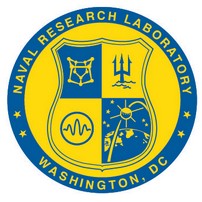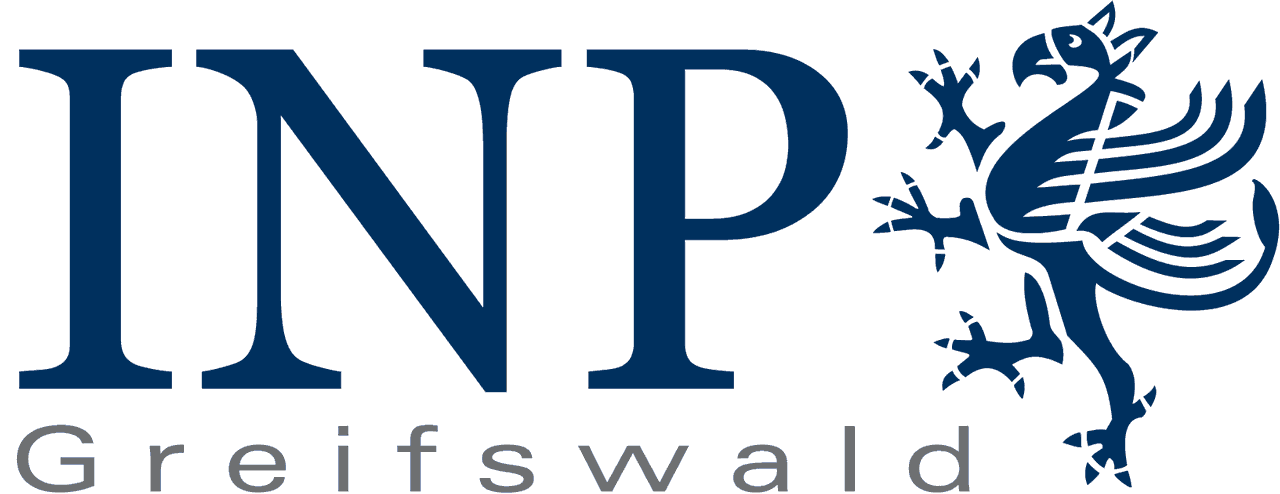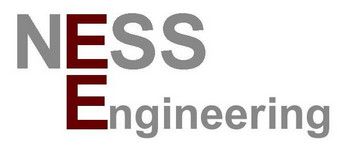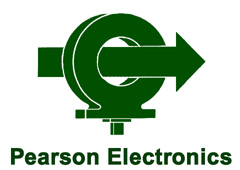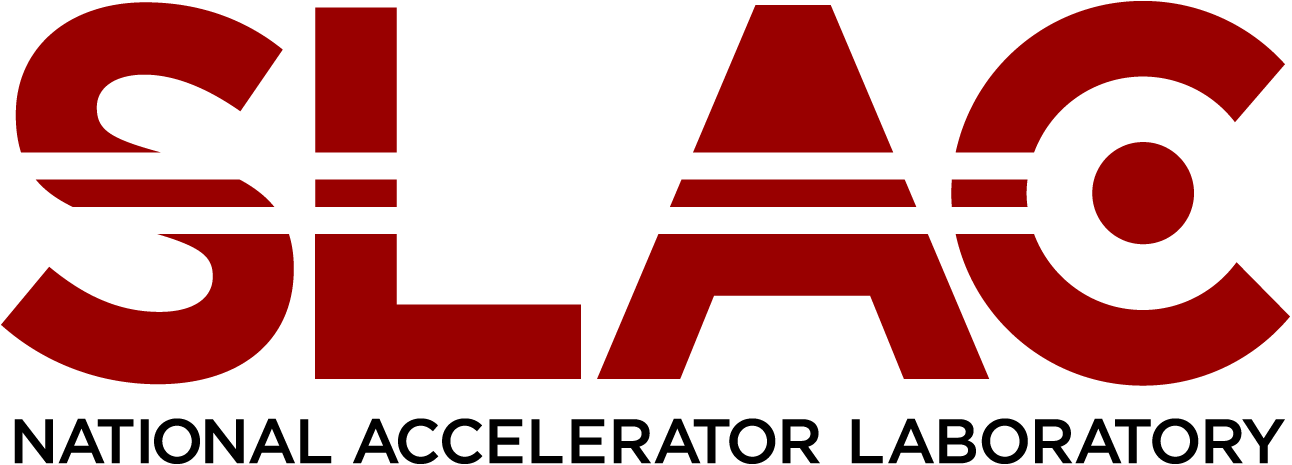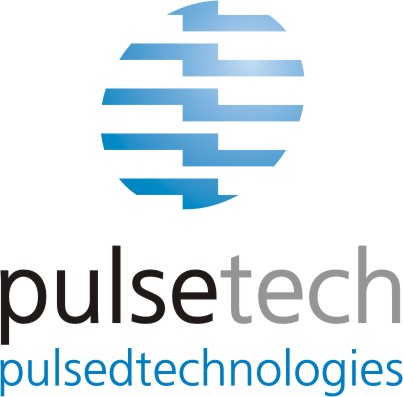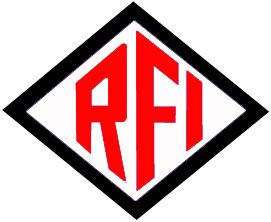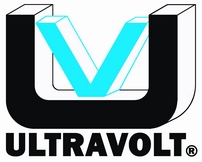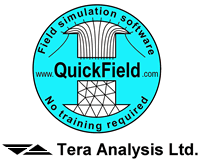Short Courses
The following short courses will be available at the 2012 IPMHVC:
- An Overview of Electric Power Systems Engineering CANCELLED
- Power Electronics
- RF and HPM Sources
Additional information on each of these courses and the instructors is available below.
Short courses will be held on Thursday, June 7, 2012 at the Hilton San Diego Bayfront (conference hotel).
Cost: $225 for each short course.
Includes: Breakfast, coffee break, and short course handouts.
Schedule:
7:15 AM: Continental Breakfast Begins
8:00 AM: Short Courses Begin
11:45 AM: Lunch Break for RF and HPM Sources Course (Attendees on their own, lunch not provided)
12:15 PM: Power Electronics Short Course Concludes
1:15 PM: RF and HPM Sources Short Course Resumes
2:45 PM: RF and HPM Sources Short Course Concludes
IEEE Continuing Education Units (CEUs) are being offered for each short courses. Details of the CEU numbers are described below for each short course.
Registration will be available through the conference registration site (together with the conference registration) or at the on-site conference registration table. The online conference registration is expected to be available by March 1, 2012.
A short course will be cancelled if it has less than 10 attendees registered.
Please feel free to contact the Short Course Chair, Dr. Chunqi Jiang at chunqi@usc.edu in case of questions.
An Overview of Electric Power Systems Engineering
Lecture Duration: 4 Hours
Schedule:
8:00 AM-12:00 PM: Course
IEEE CEU Credits: 0.4
Abstract:
An Overview of Electric Power Systems Engineering presents the essence of an electrical power system from an engineering perspective, including the generation, transformation, transmission, and distribution of electrical energy. Some time is devoted to the historical evolution of the US power grid, as well as a review of basic technical concepts and analytical methods. The hardware of power systems is described and the fundamentals of system operation and control will be discussed.
Participants can expect to:
-Acquire an informed perspective on the nature of electrical power systems
-Participate in a review of basic technical concepts and analytical methods
-Learn of the major hardware system components
-Gain an understanding of the most important system problems
-Learn about the "grid" (both "dumb" and "smart")
Outline:
-What is a power system?
--Workshop: Complex Power
-Energy Sources and Conversion
--Workshop: Mechanical to Electrical Energy Conversion
-Power System Components
--Workshop: Transformation and Transmission
-Power System Operation and Control
--Workshop: Controlling P and Q Flow
Intended audience:
Engineers, scientists, technicians, and managers with a non-power background who wish to understand the fundamentals of power systems, and particularly those whose technical specialty has applications within the power industry.
About the instructor:
Charles A. Gross received the Ph.D. degree in Electrical Engineering from the University of Missouri-Rolla, in 1969. He is presently Professor Emeritus of the Electrical and Computer Engineering at Auburn University. Dr. Gross has over forty years teaching experience, including two years as Visiting Professor at the United States Military Academy, at West Point. He also has significant industrial experience, including work with the US Corps of Engineers; the Tennessee Valley Authority; City of Los Angeles Water and Power; Southern Co. Services; Alabama Electric Cooperative; General Electric Company, EPRI, and ABB Corporation. His technical areas of interest include Electrical power and control systems; energy conversion processes; and power system protection. Dr. Gross has numerous teaching awards, including the national IEEE-PES Outstanding Power Engineering Educator Award for 2001. The undergraduate electrical engineering teaching laboratories at Auburn were named after Dr. Gross in 2011. He has contributed to over a hundred technical publications, including his textbooks Power System Analysis, 2nd Ed. Wiley; New York; 1986 and Electric Machines, CRC Press, Boca Raton, 2007. Dr. Gross is a former USAF officer, a Life Fellow of IEEE, and a registered professional engineer.
Back to Top
Power Electronics
Lecture Duration: 4 Hours
Schedule:
8:00-10:00 AM: Course
10:00-10:15 AM: Coffee Break
10:15-12:15 AM: Course
IEEE CEU Credits: 0.4
Abstract:
The course will focus on switched-mode power converters: basic circuit operation, steady-state converter analysis and transformer-isolated converters. Control systems, including ac modeling of converters using averaged methods, small signal transfer functions, and classical feedback loop design will be covered together with a short exposition of basic magnetics, inductor and transformer design.
Outline:
-Characteristics of semiconductors used as switches in converters
-Modern switching circuits and the way to analyze circuit behavior
-How to design stable control circuits for switching converters
-Advantages and disadvantages of hard switching, soft switching and resonant circuits
-How to design efficient inductors and transformers for switching circuits
Intended audience:
The topics in this course are directed toward graduate students, scientists and engineers, and managers who want to learn from the experimental and design point of view the peculiarities of modern switched mode power converters.
About the instructor:
Craig Burkhart received his Ph.D. degree in Nuclear Engineering from the University of New Mexico in 1987. He is the Deputy Director of the RF Accelerator Research and Engineering Division at the SLAC National Accelerator Laboratory, which is charged with the stewardship of the power electronics and high power microwave systems. Dr. Burkhart joined SLAC in 2005 to pursue the development of advanced solid state modulators for klystron and kicker applications. He subsequently served as the Group leader for modulator development at SLAC, and then Department Head for Power Conversion, before assuming his current role. Prior to joining SLAC, Dr. Burkhart spent nearly two decades in private industry, engaged in experimental physics R&D. His work focused on scientific and industrial applications of charged particle beam devices; he developed RF, X-ray, neutron, electron, and positron sources and their associated power electronic systems. In addition to his technical leadership role at SLAC, Dr. Burkhart holds a teaching position in the Stanford University Electrical Engineering Department, offering a graduate-level power electronics course. He also teaches the recurring Pulsed Power course at the US Particle Accelerator School. Dr. Burkhart has contributed to over 50 technical publications and holds one US patent.
Back to Top
RF and HPM Sources
Lecture Duration: 5 Hours
Schedule:
8:00-9:45 AM: Course
9:45-10:00 AM: Coffee Break
10:00-11:45 AM: Course
11:45 AM - 1:15 PM: Lunch Break (on your own)
1:15-2:45 PM: Course
IEEE CEU Credits: 0.5
Abstract:
This course covers the physics and basic operation of RF electron tubes used for accelerator and high-power microwave (HPM) applications. Basic tube elements will be described in some detail, including cathode, focusing, electron beam transport, and interaction with RF standing-wave and traveling-wave structures. Features of HPM interaction with circuits will be discussed, as well as an overview of high-power tubes and other sources intended for HPM. At the end of the course, students will be able to use standard formulas to design an electron gun and magnetic focusing system and determine RF design parameters for both klystrons and traveling-wave tubes. Students will also have learned about HPM fundamentals and other source options. Students will need a solid undergraduate-level understanding of electromagnetics and electrodynamics.
Attendees are encouraged to bring their own laptops as they will get the chance to participate in a Klystron design exercise involving running some software codes.
Outline:
-RF fundamentals
-Overview of klystron and traveling-wave tube elements
-Electron beam formation
-Electron beam focusing and bunching
-Standing-wave interaction between an electron beam and RF cavities
-Klystron design
-Traveling-wave interaction between an electron beam and a slow-wave structure
-Traveling-wave tube design
-HPM interaction with circuits
-Design of specialized HPM sources
Intended audience:
This course is directed towards engineers and scientists at all levels who want to learn more about how RF tubes work. It is valuable for RF engineers and beam physicists who design and operate RF tubes and also for engineers and scientists in the HPM field. For more information or questions about the course contents, please contact the instructor at: bcarlsten@lanl.gov.
About the instructor:
Bruce Carlsten received a Bachelorís degree both in Physics and in Mathematics from UCLA in 1979. He received a MS, the Engineerís Degree, and a PhD, all in Electrical Engineering, in 1980, 1982, and 1985 respectively from Stanford University. He joined the Los Alamos National Laboratory in 1982, where he worked on his PhD thesis topic on nonlinear beam/wave interactions in microwave sources. Currently, Carlsten serves as the Group Leader at Los Alamos for AOT-HPE, High-Power Electrodynamics. In this capacity, he oversees the groupís mm-wave, THz, and metamaterial projects, Free-Electron Laser projects, high-power microwave source and effects projects, and smaller plasma, beams, and accelerator projects. He is also leading the Laboratoryís R&D program for developing X-ray Free-Electron Laser technologies. He has five patents on novel microwave sources and one on a high-brightness electron injector. He has over 90 refereed technical papers, a 1994 and a 2005 Los Alamos National Laboratory Distinguished Performance Award, and the 1999 US Particle Accelerator School Prize for Achievement in Accelerator Physics in Technology (for his contributions to high-brightness electron beam dynamics). He is a Fellow of the American Physical Society.
Back to Top

